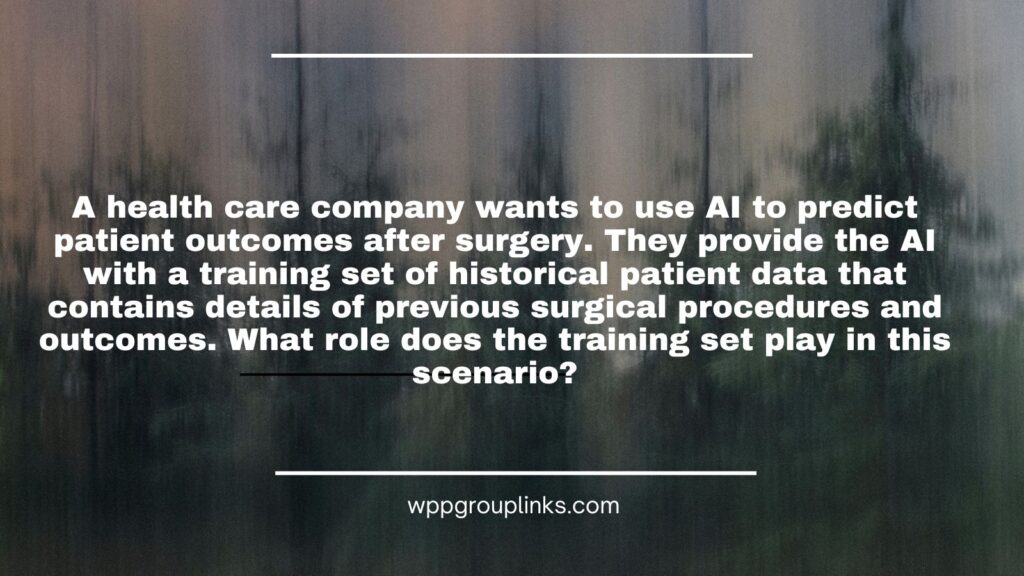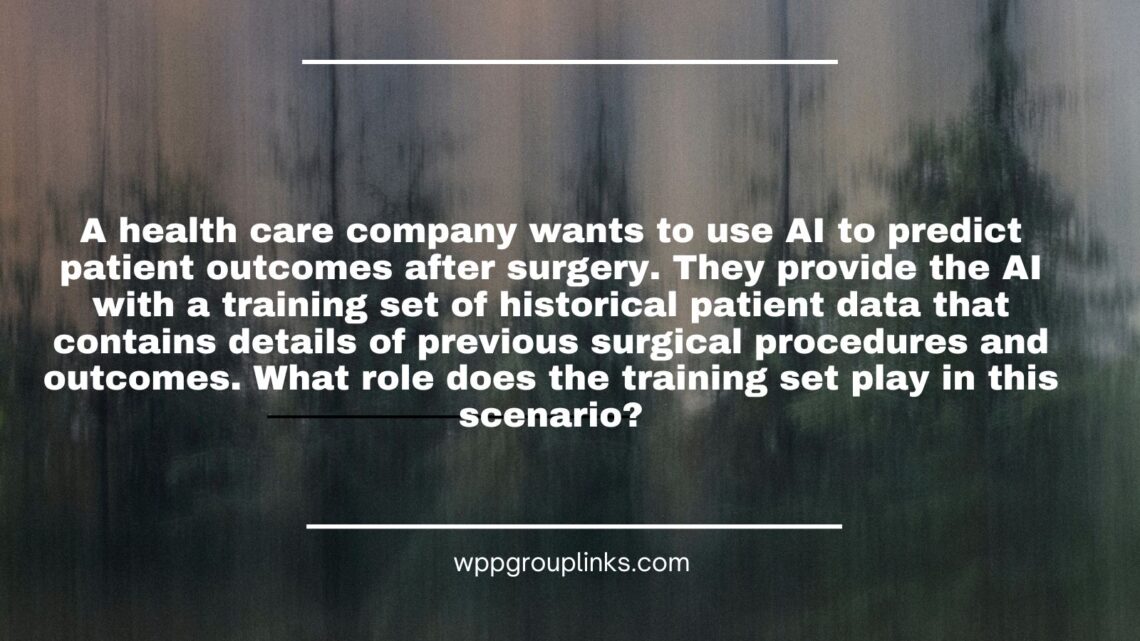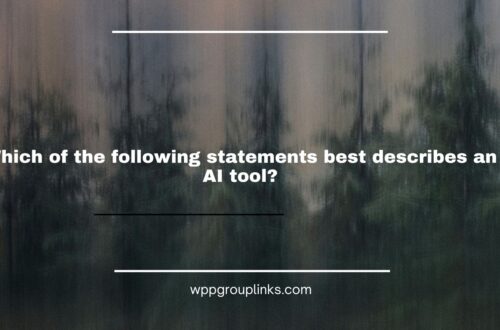
Q: A health care company wants to use AI to predict patient outcomes after surgery. They provide the AI with a training set of historical patient data that contains details of previous surgical procedures and outcomes. What role does the training set play in this scenario?
or
Q: An organization in the medical field aims to employ AI to forecast surgical patient outcomes. They provide the AI access to a training set of patient records from the past that include information about specific surgical techniques and their results. In this case, what function does the training set serve?
- It suggests other procedures that might be relevant for patients.
- It teaches the AI to help predict patient outcomes after surgery.
- It is used to schedule future surgeries for patients.
- It serves as a database of patient contact information.
Explanation: In the training set, there is data from previous patients, which includes specifics on surgical procedures and the results of such surgeries. The artificial intelligence can understand patterns and links between a variety of parameters (including patient demographics, pre-existing conditions, kinds of surgery, post-operative care, and so on) and the outcomes that happen as a consequence of these factors by evaluating this data. The artificial intelligence can construct predictive models as a result of this, which it may use to forecast likely outcomes for future patients who have surgery that are comparable.
Through the use of machine learning techniques, artificial intelligence utilizes the data that is included within the training set to recognize connections and make predictions about the results of patient care. To enhance patient outcomes and the overall quality of care, these predictions may assist medical professionals in making choices on treatment plans that are better informed, in anticipating probable difficulties, and in personalizing post-operative care.





